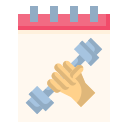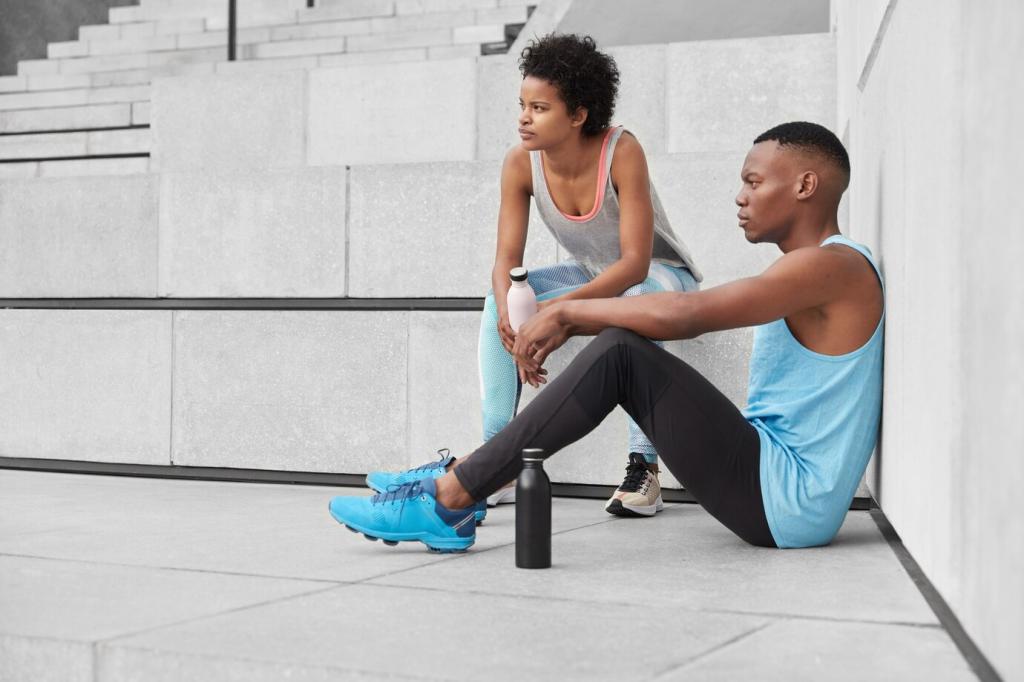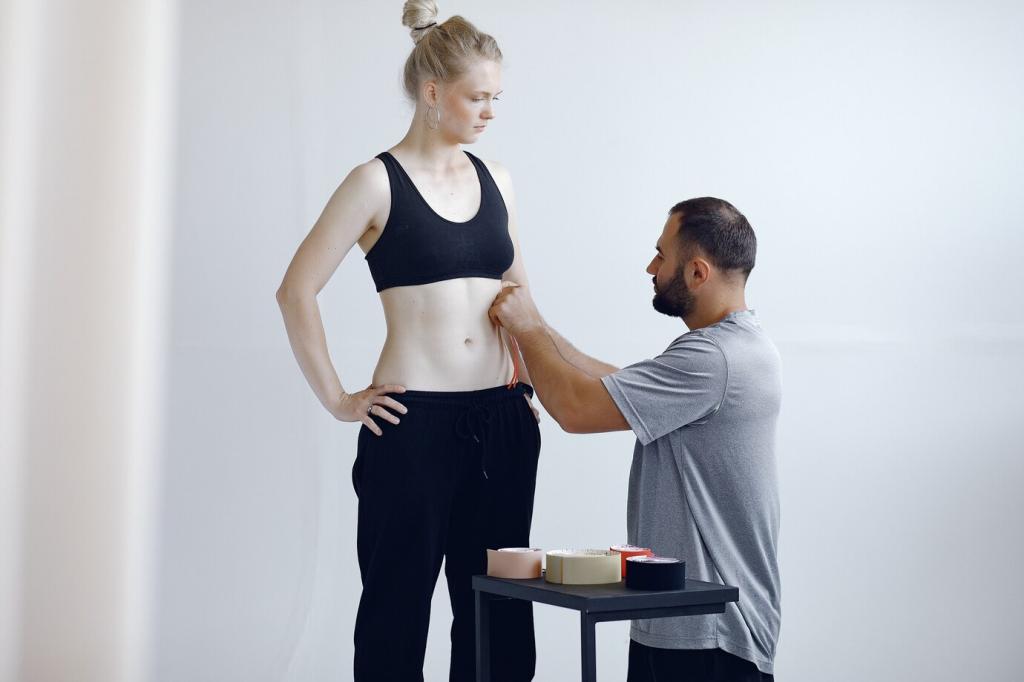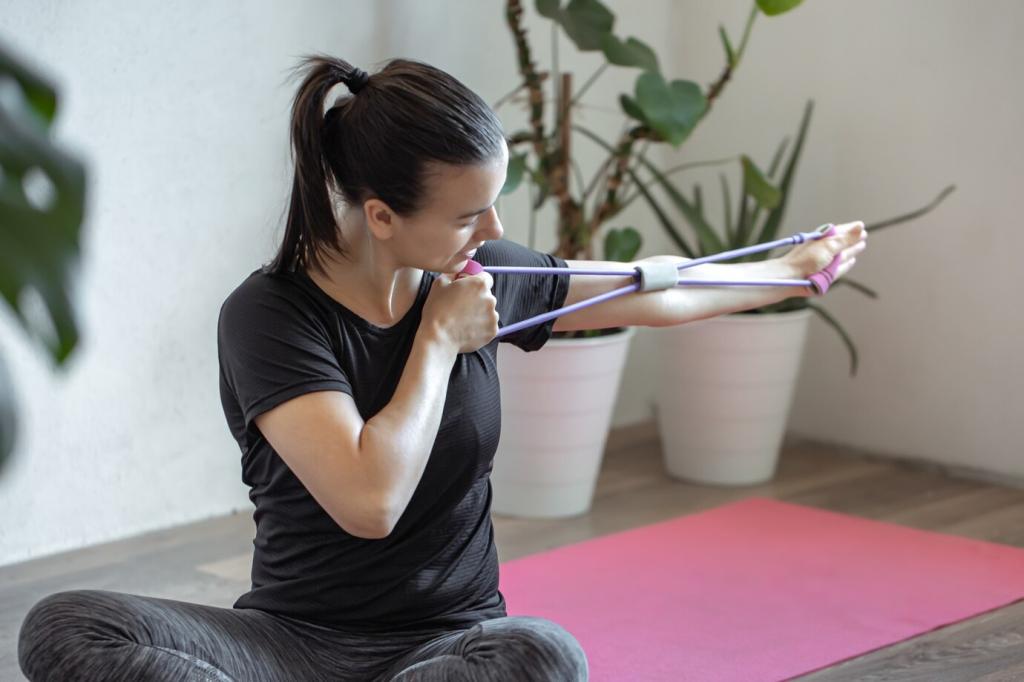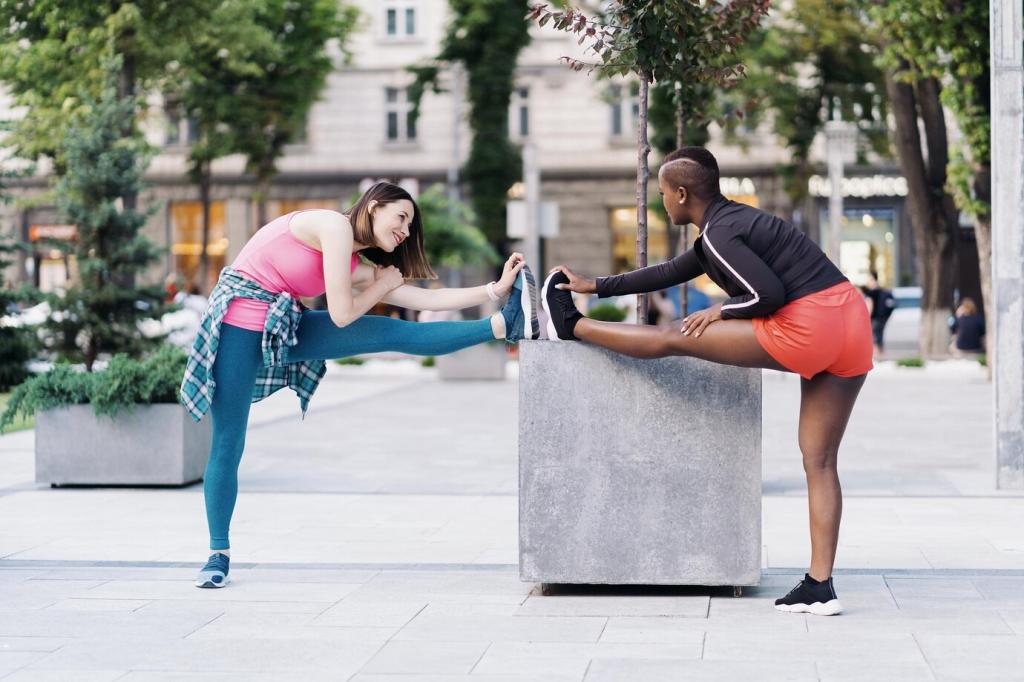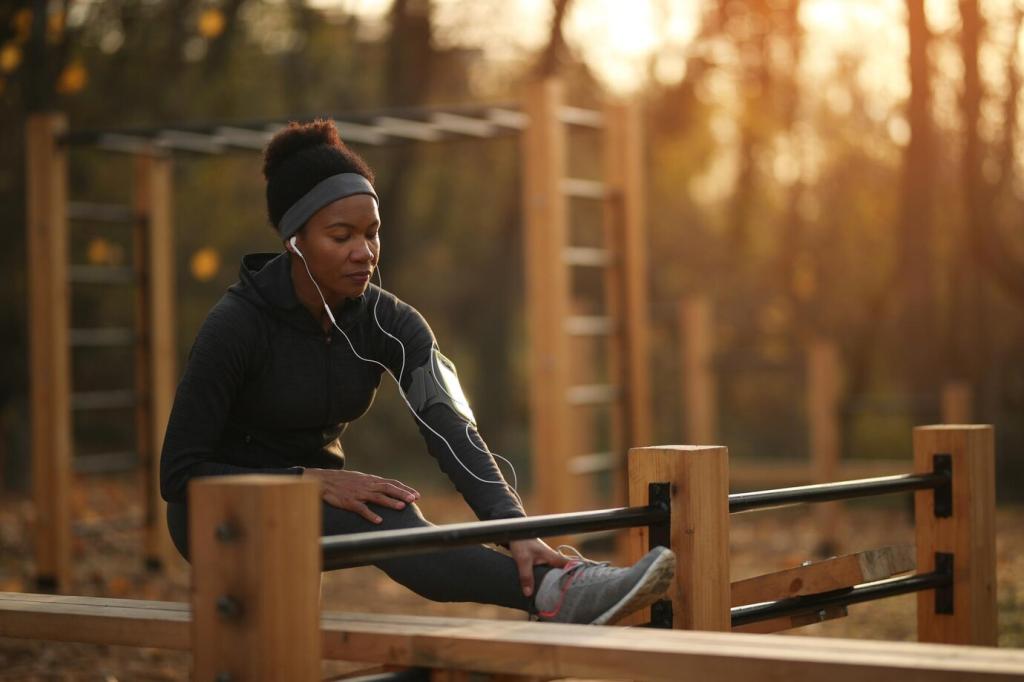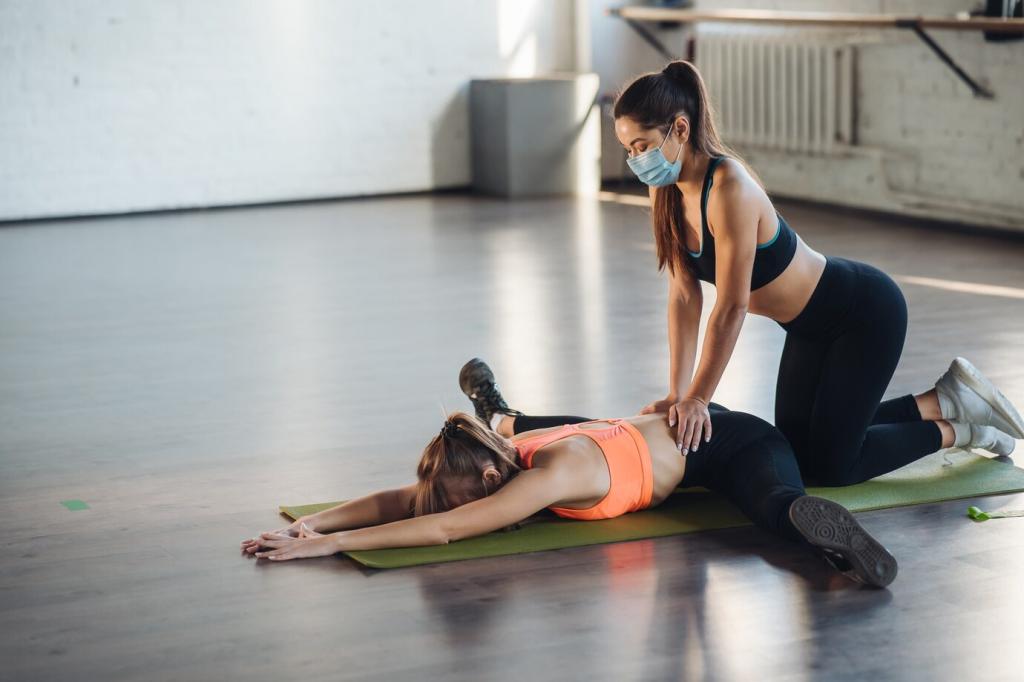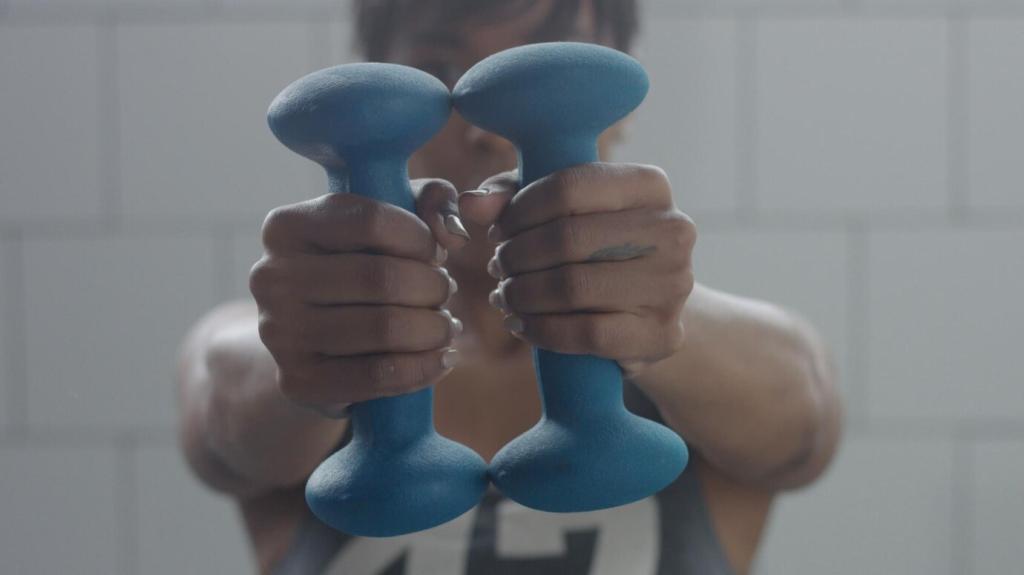Set Your Foundation: Goals and Honest Starting Points
Write a single, specific outcome you want in twelve weeks, and attach a reason that truly matters to you. For example, climb stairs without breathlessness or play longer with your kids. Comment with your why to commit publicly and invite accountability.
Set Your Foundation: Goals and Honest Starting Points
Try a one-minute push-up or modified push-up count, a wall sit to fatigue, and a timed brisk walk around your block. Record results and how you felt. These numbers anchor your progress and transform vague effort into measurable wins.
Set Your Foundation: Goals and Honest Starting Points
Choose a primary focus for this cycle so your program remains clear and uncluttered. Strength means progressive resistance; endurance emphasizes longer efforts; mobility integrates controlled ranges of motion. Tell us your chosen focus so we can share tailored tips next week.
Set Your Foundation: Goals and Honest Starting Points
Lorem ipsum dolor sit amet, consectetur adipiscing elit. Ut elit tellus, luctus nec ullamcorper mattis, pulvinar dapibus leo.
